
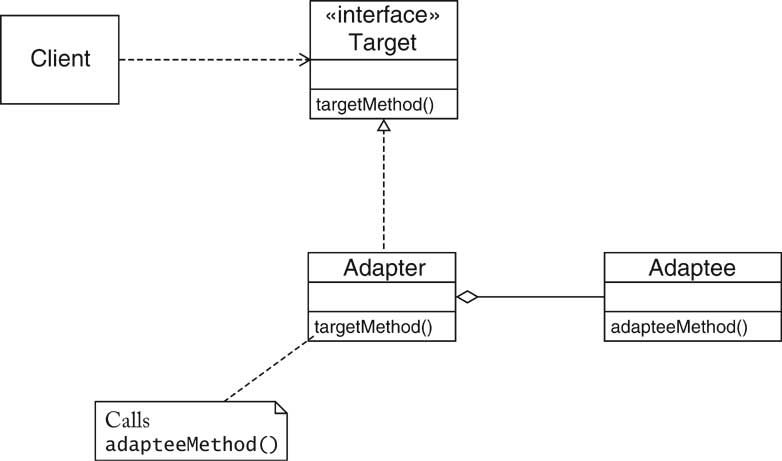
| Name in
Design Pattern |
Actual Name
(Icon->Component) |
| Adaptee |
Icon |
| Target |
JComponent |
| Adapter |
IconAdapter |
| Client |
The class that wants to add
icons into a container |
|
targetMethod() |
paintComponent(), getPreferredSize() |
|
adapteeMethod() |
paintIcon(), getIconWidth(), getIconHeight() |
| Name in
Design Pattern |
Actual Name
(Stream->Reader) |
| Adaptee |
InputStream |
| Target |
Reader |
| Adapter |
InputStreamReader |
| Client |
The class that wants to read
text from an input stream |
|
targetMethod() |
read
(reading a character) |
|
adapteeMethod() |
read (reading a byte) |

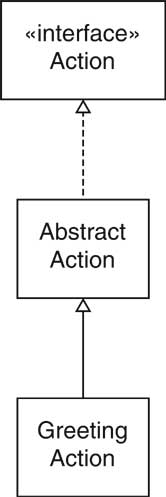
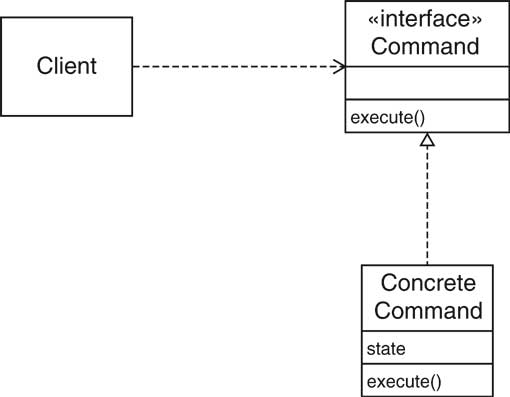
| Name in
Design Pattern |
Actual Name
(Swing actions) |
| Command |
Action |
|
ConcreteCommand |
subclass of AbstractAction |
|
execute() |
actionPerformed() |
| state |
name and icon |
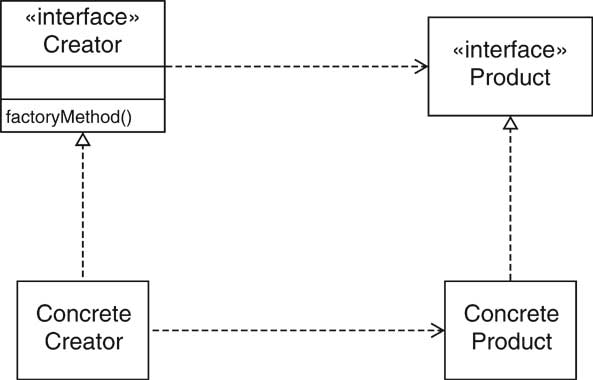
| Name in
Design Pattern |
Actual Name
(iterator) |
| Creator |
Collection |
|
ConcreteCreator |
A subclass of Collection |
|
factoryMethod() |
iterator() |
| Product |
Iterator |
|
ConcreteProduct |
A subclass of Iterator
(which is often anonymous) |
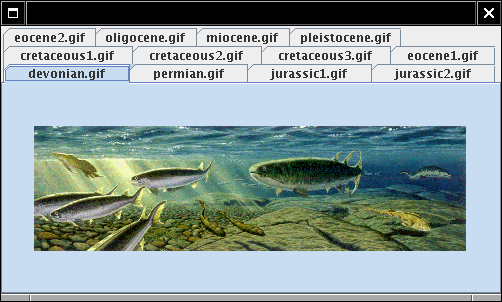
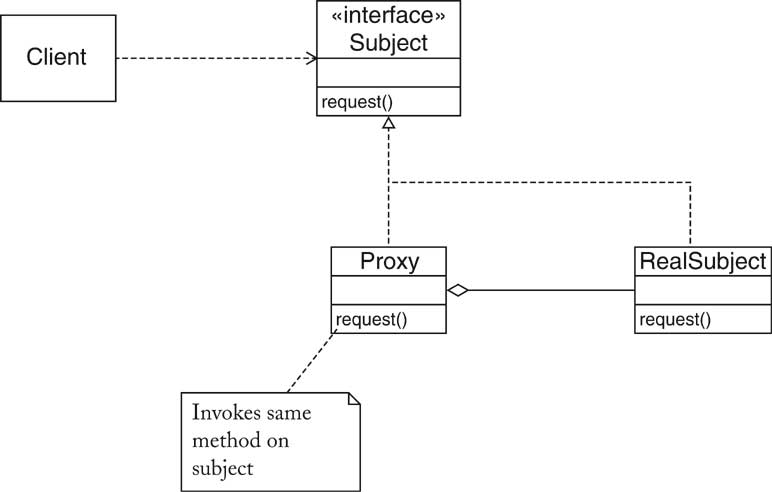
| Name in
Design Pattern |
Actual Name
(image proxy) |
| Subject |
Icon |
|
RealSubject |
ImageIcon |
| Proxy |
ImageProxy |
|
request() |
The methods of the Icon
interface type |
| Client |
JLabel |
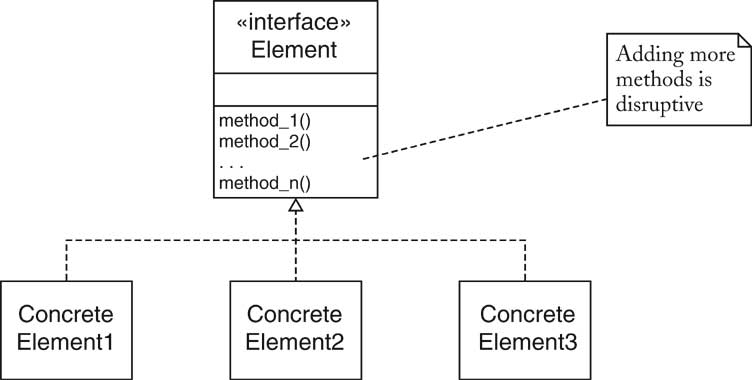
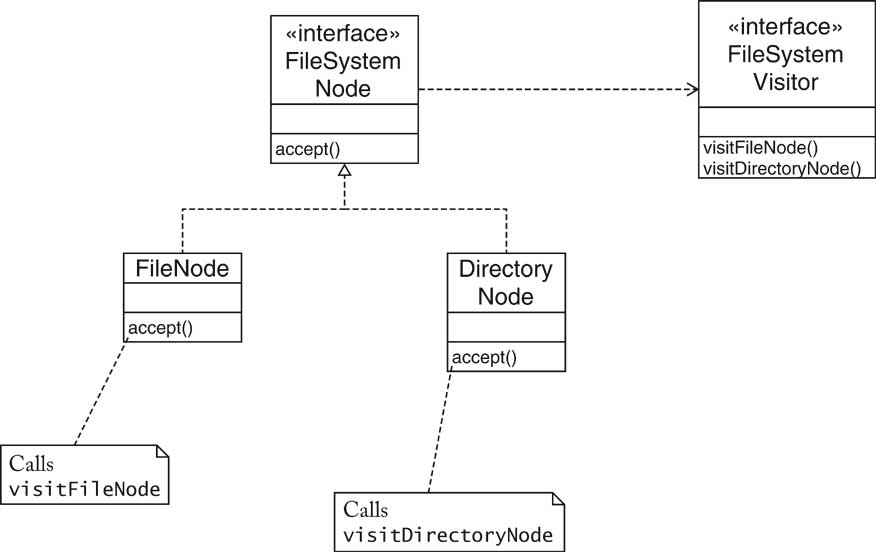
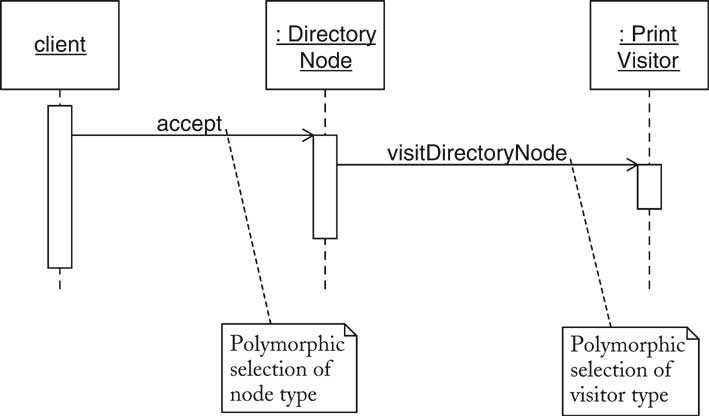
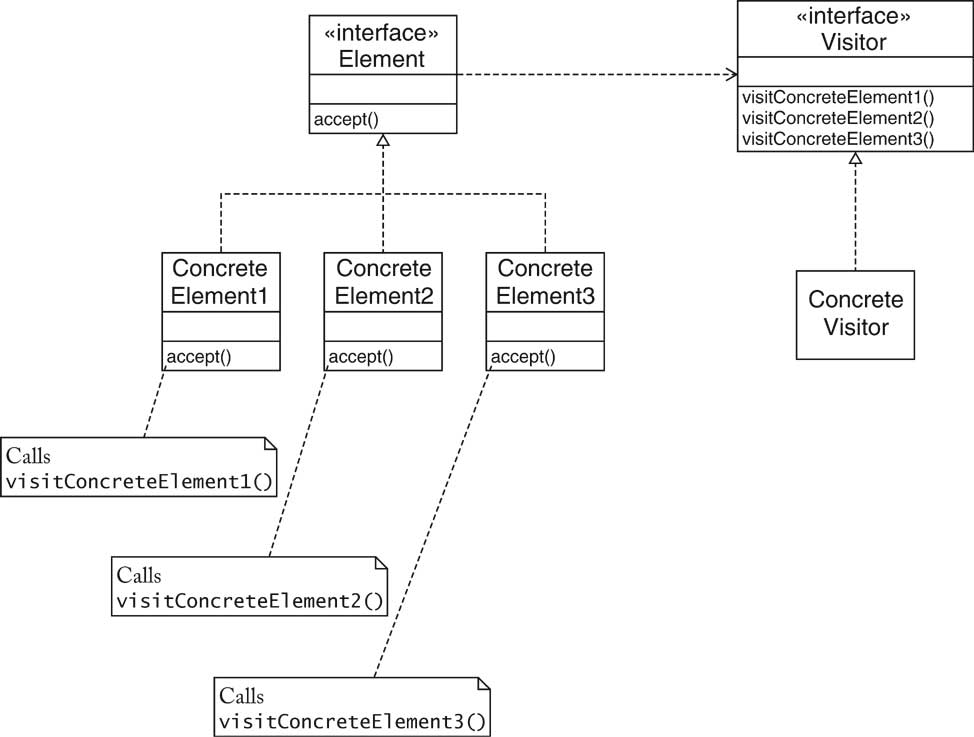
| Name in
Design Pattern |
Actual Name (file system
visitor) |
| Element |
FileSystemNode |
| ConcreteElement |
FileNode, DirectoryNode |
| Visitor |
FileSystemVisitor |
|
ConcreteVisitor |
PrintVisitor |